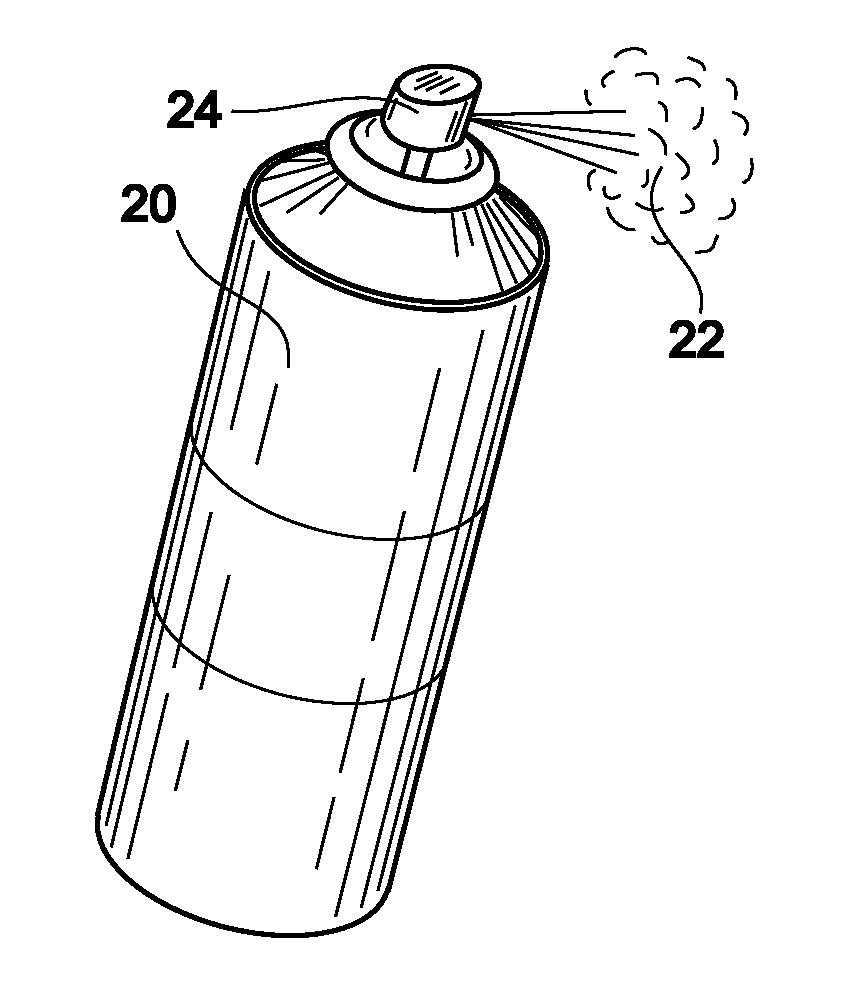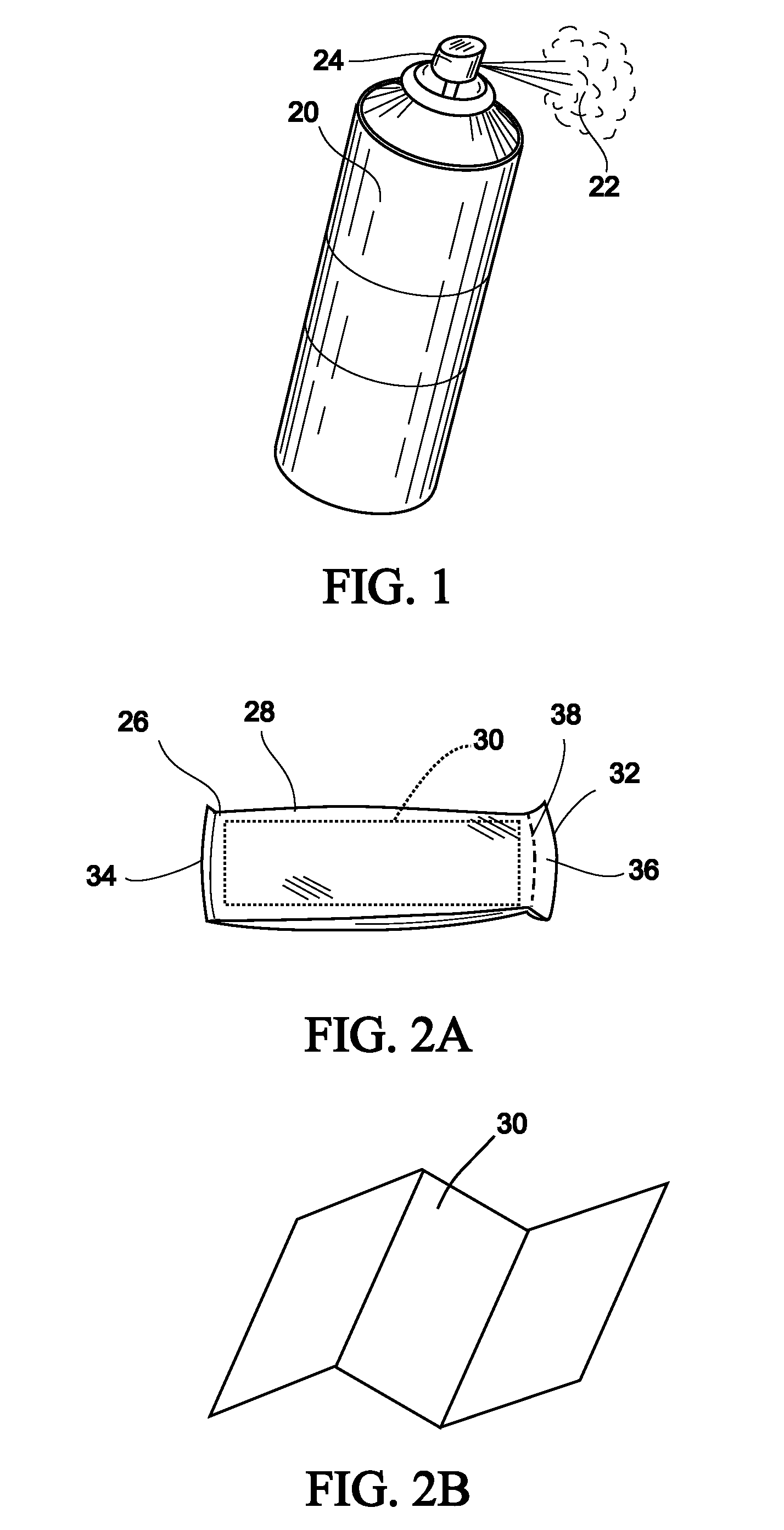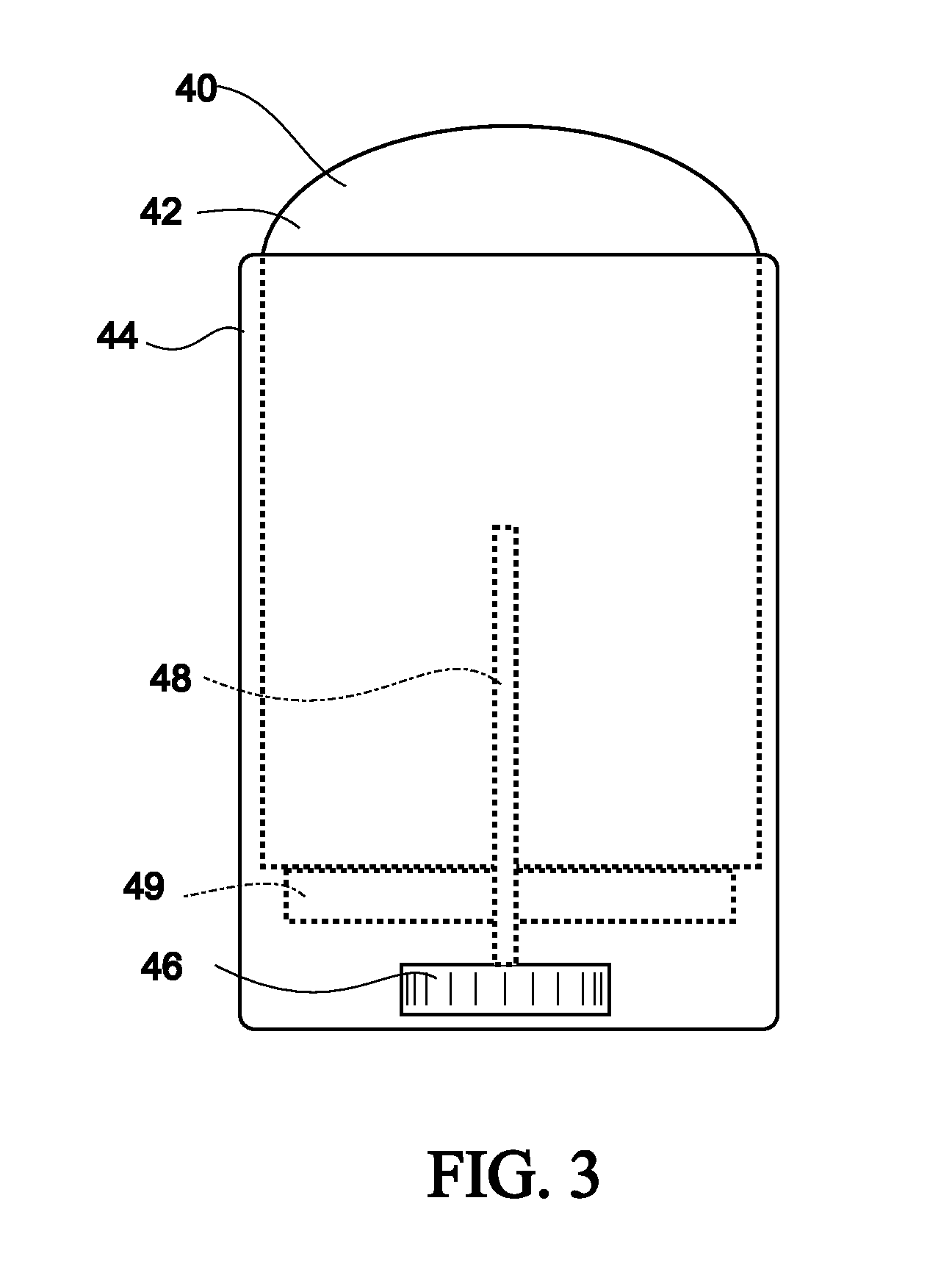Antiperspirants and Deodorants
a technology of antiperspirants and deodorants, applied in the field of personal care products and methods, can solve the problems of aluminum allergy, unresolved concerns about long-term health effects of antiperspirants, unpleasant odors, etc., and achieve the effects of reducing body odor, reducing perspiration and/or odor, and high effective protection against perspiration
- Summary
- Abstract
- Description
- Claims
- Application Information
AI Technical Summary
Benefits of technology
Problems solved by technology
Method used
Image
Examples
example 1
[0083]A cream was formulated with a microsponge caffeine product for controlled released. Multiple product batches were made with the following target composition:[0084]Mandelic acid 4-6%[0085]Caffeine powder 3.0% (CapsuDar® Caffeine 85, a microencapsulated caffeine powder coated with cellulose derivative, marketed by LycoRed Bio Ltd. of Yavne, Israel).[0086]Corn starch[0087]Trichlosan[0088]PP2 2.0% (Barnet Products Group, Englewood Cliffs, N.J.)[0089]Aloe vera & chamomile[0090]Tea tree oil[0091]Other ingredients:[0092]Veg, glycerin[0093]Glyceryl stearate[0094]Cetyl alcohol[0095]Dimethicone[0096]Caprylic / Capric triglyceride[0097]Emulsifing wax[0098]Sodium hydroxide to PH 4.50[0099]Cucumber fragrance
[0100]The cream was tested on several human users, using manual application to the underarm region and other areas as desired, with excellent results in controlling odor and reducing perspiration. Long-lasting odor control was observed, with several users indicating that successful antipe...
example 2
[0104]A viscous cream comprising lactic acid, mandelic acid, and an oil / water emulsion carrier was formulated using the following ingredients:
WaterLactic acid8.0%Mandelic acid4.0%GlycerinXanthan gum thickenerPolyquaternium 10Aloe vera extractOat extractAllantoinChamomile extractSodium hydroxideMethylisothiazolinone (preservative)Capryl glycol
[0105]The pH of the formulation was 4.0.
[0106]This formulation was then tested as an odor control material for use on the pudendum with female subjects using an external test agency. Seventeen product summaries were collected from test subjects. The summaries are formatted on a 5 point scale with 5 being the most favorable to 1 being the least. The product was evaluated on the properties as follows, texture, feel after applied to the skin, irritability to the application area, reduction or blocked odor, how well the women liked the product and whether or not they would use the product again or recommend it to a friend. Most of the women fell bet...
example 3
[0112]Another version of a viscous cream was made with the following ingredients:
WaterLactic acid10.0%Safflower oilMandelic acid2.0%Tricontyl PVP (water proofing agent)Glyceryl StearatePEG- 100 StearateEmulsifing WaxCaprylic Capric TriglycerideCetyl alcoholDimethiconePolyacryamideC13 C14 IsoparaffinLaureth-7AllantoinOat extractChamomile extractSodium HydroxidePhenoxyrthanol (preservative)Chlorphenensin (preservative)Benzoic acid (preservative)Sorbic acid (preservative)Butylene Glycol
PUM
| Property | Measurement | Unit |
|---|---|---|
| Fraction | aaaaa | aaaaa |
| Fraction | aaaaa | aaaaa |
| Fraction | aaaaa | aaaaa |
Abstract
Description
Claims
Application Information
 Login to View More
Login to View More - R&D
- Intellectual Property
- Life Sciences
- Materials
- Tech Scout
- Unparalleled Data Quality
- Higher Quality Content
- 60% Fewer Hallucinations
Browse by: Latest US Patents, China's latest patents, Technical Efficacy Thesaurus, Application Domain, Technology Topic, Popular Technical Reports.
© 2025 PatSnap. All rights reserved.Legal|Privacy policy|Modern Slavery Act Transparency Statement|Sitemap|About US| Contact US: help@patsnap.com



